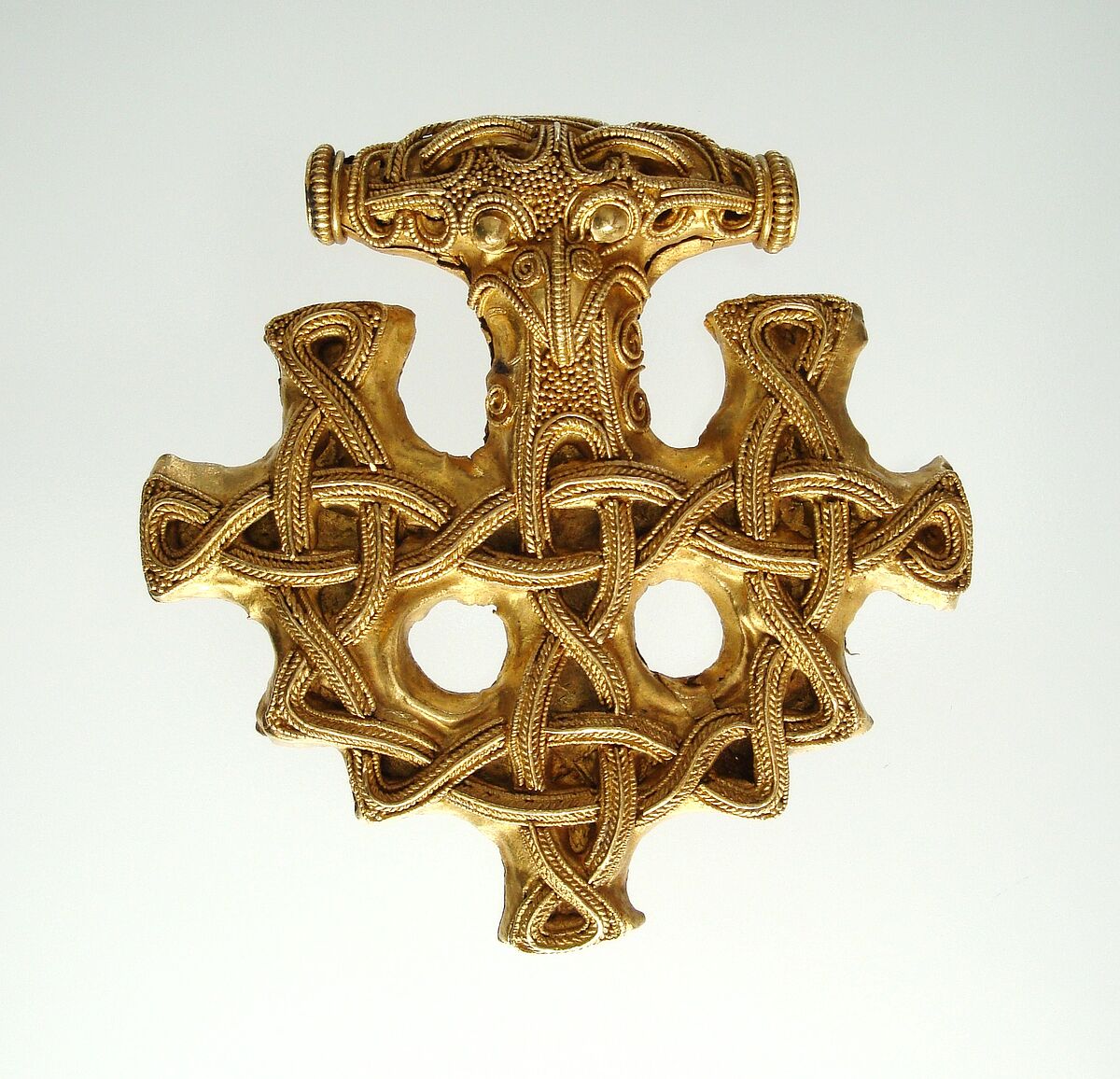Research: Gold Treasures as Objects of Identification in the Baltic Sea Region from 1800 until Today
People
Charlotte Wenke (CDFI website)

Content
The PhD project investigates the reception of Viking Age gold treasure finds in the Baltic Sea region during the 19th and 20th centuries. Their discovery, their way into museums and collections, their presentation there, as well as their research and popularisation allow conclusions to be drawn about processes of identification with and demarcation from early medieval Scandinavian culture that took place around the Baltic Sea during this period. One thematic area, for example, deals with the staging of Viking treasure finds at the time of the founding of national museums in the 19th century. Another asks about the role of 'Viking gold' in National Socialism and in the large-scale translocations of art and cultural property as a result of the Second World War. How were the gold finds of Scandinavian origin scattered throughout the Baltic Sea region received and interpreted in times of East-West conflict until 1989? What are the historical roots of the instrumentalisation of so-called ‘Viking’ culture in global (right-wing) populist discourses?

